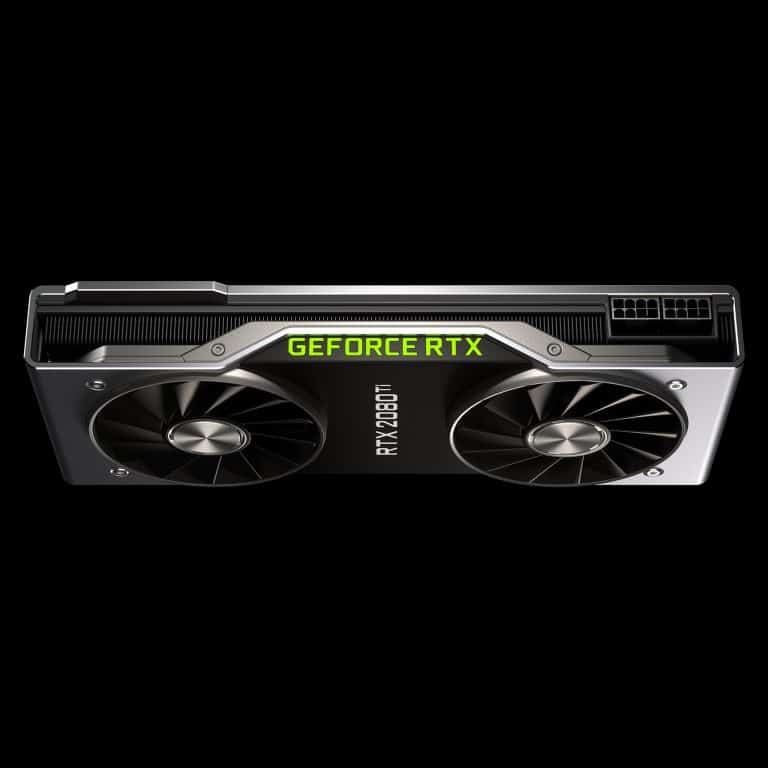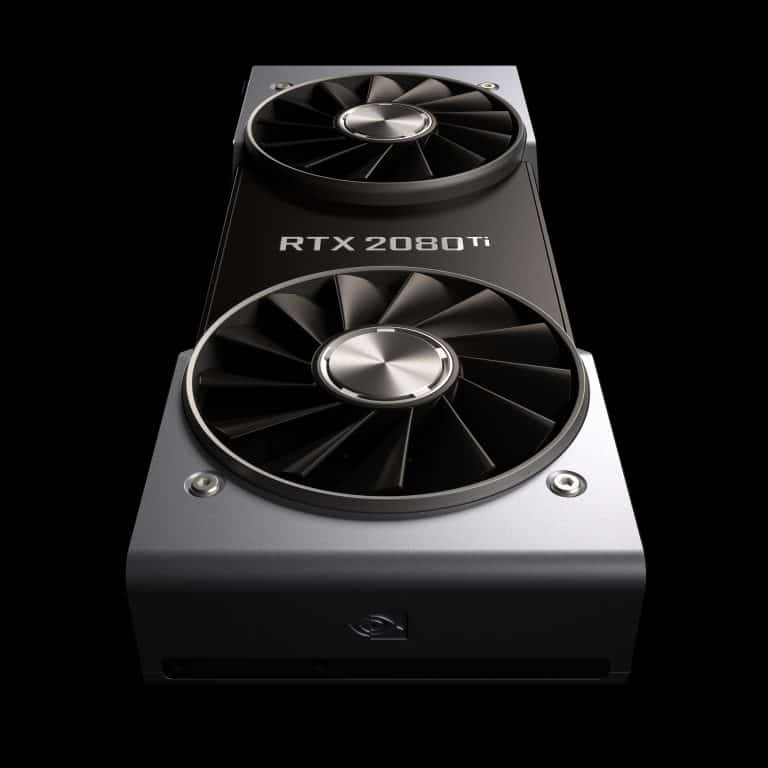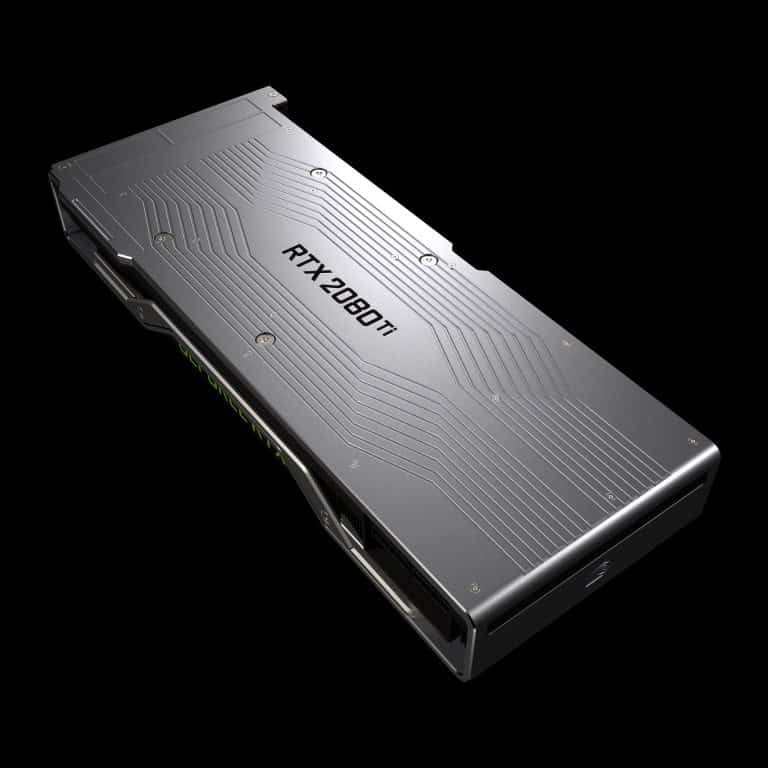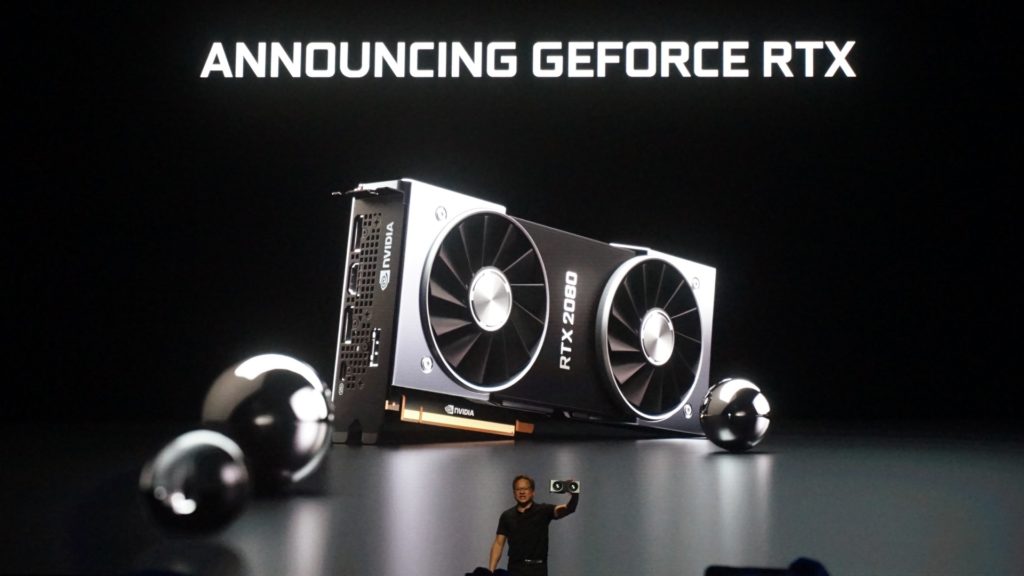
Main Points:
Gone is GTX, Welcome to RTX
GDDR6 Memory has arrived
Ray-Tracing is delivering the generational gap
Price tag is as big as the card
We’ve all seen the insane amount of hype and activity surrounding graphics cards (GPUs) this last year. Some of the hype was for good reasons; 4K gaming became more mainstream, VR had a solid 2nd year, Ai and machine learning are changing industries, and games like Fortnight brought hours of fun into our lives. Some of the hype on GPUs were for not so good reasons; massive price inflation because of the crypto currency fad, market confusion when Chinese gaming bar restricted GPUs started appearing in the western markets, and fake and 2nd hand GPUs being sold as new (also because of crypto).
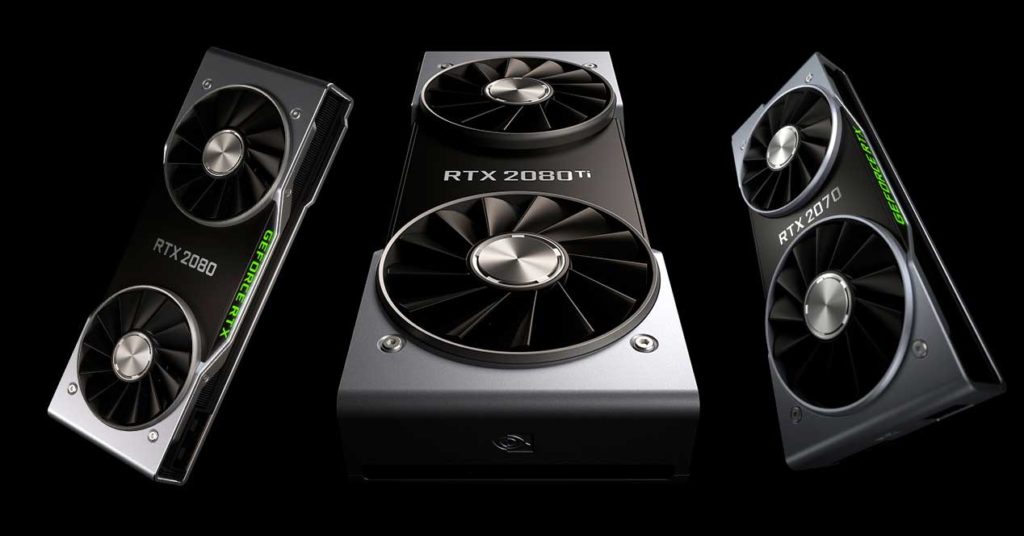
However! All that can be left behind for the historians to argue about because yesterday, August 20th in Gamescom, NVIDIA officially announced the new Turing hardware based RTX 2000 series GPUs. NVIDIA announced a total of 3 new GPUs today with a slight twist on their normal naming conventions. The RTX 2080ti, RTX 2080, and RTX 2070. In previous iterations the RTX was GTX (more on that later) and NVIDIA would save the ti for the 2nd generation of the cards.
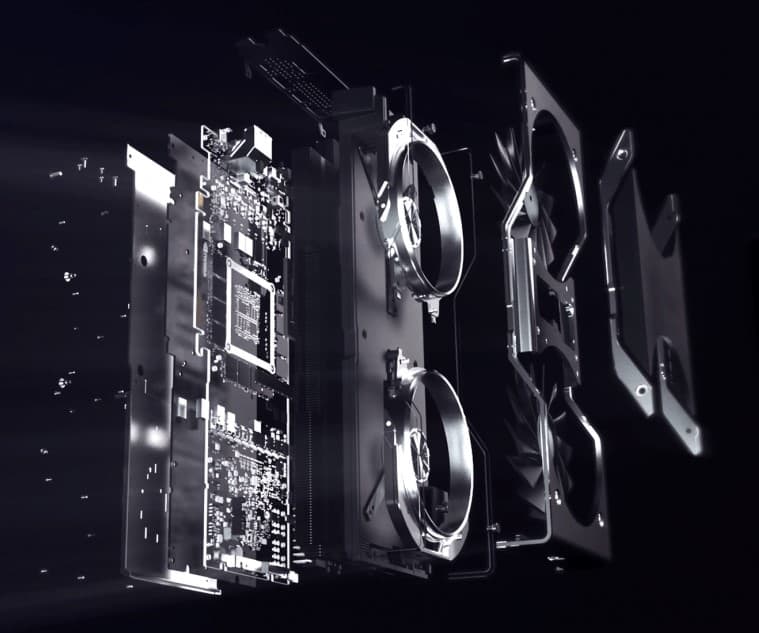
The specs on the new RTX series are eye numbing, NVIDIA is calling it the largest jump in discreate graphics technology since the invention (also from NVIDIA) of CUDA cores. Although we don’t have any benchmarks yet from the new cards, we do have the basic specifications and a live demo shown at Gamescom to put our data centric minds at ease.
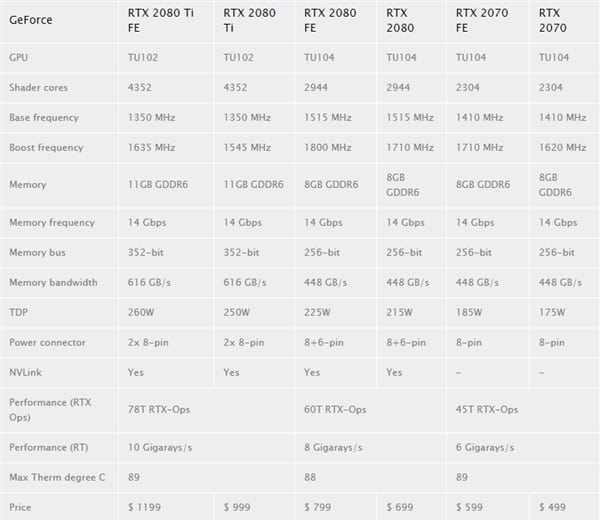
RTX is the new GTX and the games designed for the new tech will look better than ever. What is the R in RTX? Enter the world of Ray-tracing! Ray-tracing is a process that can create life like lighting effects in computer generated environments. We’ve had in-game lighting and shadows in games for a long time, the tech used to make these effects is called rasterization, and we have seen a constant improvement on the quality and realism made using this technique. However, rasterization has always been based on a point and shoot artistic approach that wouldn’t allow the physics of light to interact organically, aka light had to be programmed to follow a certain path.
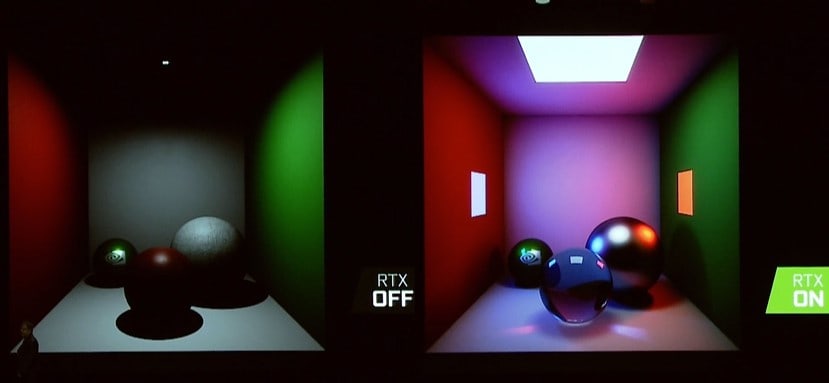
Ray-tracing, using a complex algorithm, considers where the light emits from and calculates the interaction and interplay of light particles much like the human eye processes real light, shadows, and reflections. The interaction of light and objects in the real world also affects which colors you see. For example, this is why colors are muted when looking at a reflection coming off a black surface compared to a mirror. By using Ray-tracing, game designers can use an algorithm to trace the path of light from its source and then simulate the way light interacts with the objects in the computer-generated world, allowing the algorithm to predict and show how natural light changes and interacts in the real world. All this means games made with Ray-tracing technology will have a huge generational change in graphics.
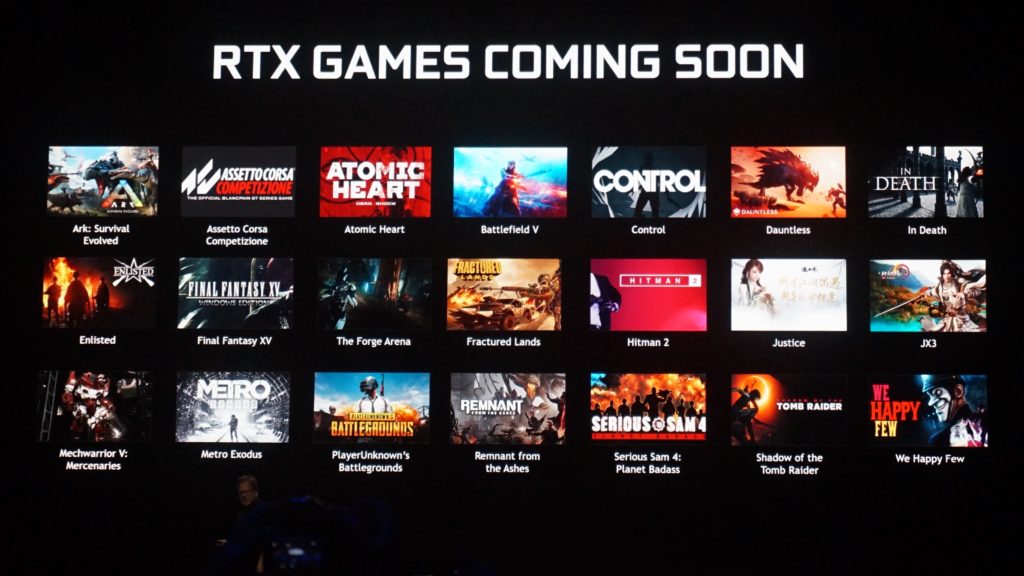
All this tech doesn’t come cheap which is why the RXT series has started with a higher price than seen before for the founder’s editions. Additionally, with only a few games being optimized for Ray-tracing at launch it will take some time for early adopters to see the full use of their GPUs. However, running 8K rendering naturally, 4K gaming at 60FPS, DP-Port 1.4, and VirtualLink all justify the cost of upgrading.
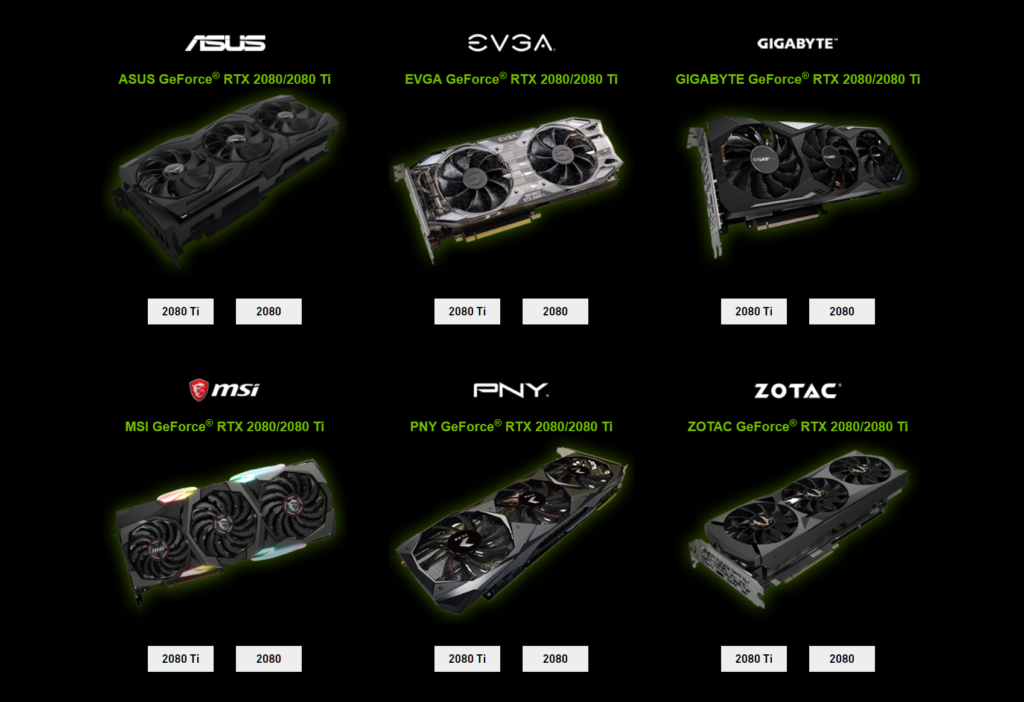
As more and more 3rd party manufacturers release their new line up we will update you with full specs, pictures, and prices. Until then, start saving those red notes! MyEinn, the only foreigner’s electronics supplier in China, will be doing a special release and preorder on all the GPU releases this fall. Stay tuned for more information or message us at on wechat at ExJai_MyEinn or [email protected]



